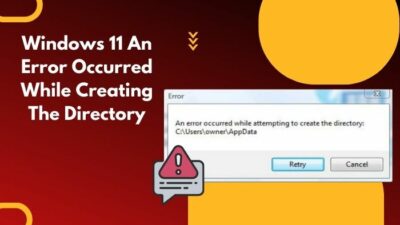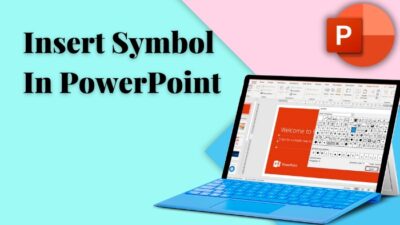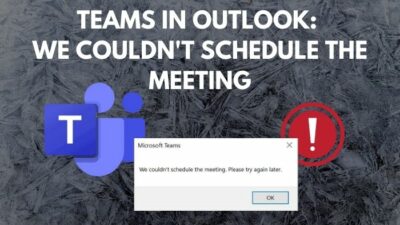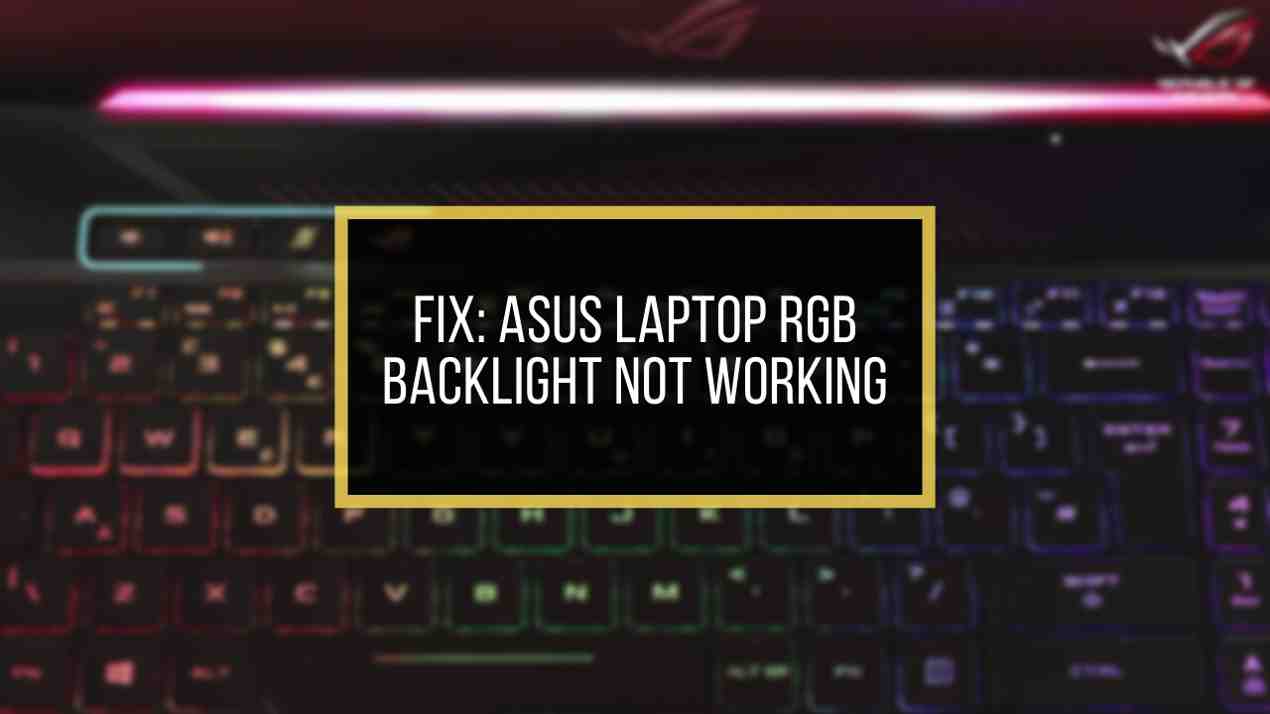Have you ever imagined what to do when you want to separate your hard disk storage on a Linux machine? But you’re incapable of doing so, fearing that you might lose all the data from your drive?
Don’t worry. For the past few weeks, I’ve been researching how to view and manage system partitions in Linux Mint. Fortunately, I finally found the most proper and effortless way to do it after installing Linux Mint on my device with manual system partitions.
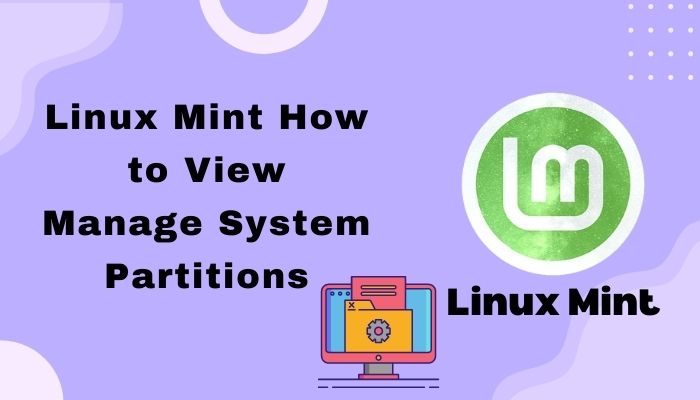
It’s okay if you’re just a beginner, managing system partitions. This article will help you to manage your system partitions without the risk of losing data.
Do read till the end, then you will understand how and what to do to manage system partitions.
How to View Manage System Partitions on Linux Mint
You can manage system partitions in Linux Mint by using GParted or default Gnome Disk software, which is already installed on your machine. I hope Gparted might be installed in your Linux Mint by default. If not, you will find it in the Software Center repository.
Managing system partition is a virtual segment of a hard drive that can have a range of uses, including being treated as separate hard drives by the operating system. When you install Ubuntu or Linux Mint on your system. That will help you to configure your hard disk partition properly.
Since every operating system’s disk drive partition method is different and risky, I have decided to show all the steps correctly.
Don’t skip any steps.
Here are the steps to view & manage system partitions on Linux Mint:
1. Use Default Disk and Partition Manager
GNOME is the default graphical partitioning tool on your Linux Mint operating system. You can easily do basic disk partitioning with Gnome disks.
It’s easy to utilize the GNOME Disk tool to partition storage devices on your Linux Mint.
Here are the steps to use the default disk and partition manager:
- Go to the Application Menu On GNOME3-based desktop environments and search for disks.
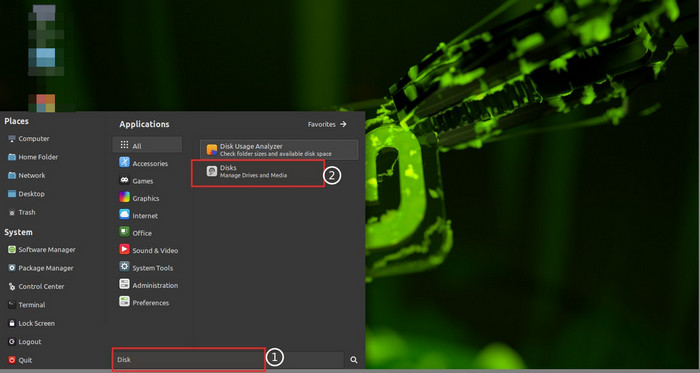
- Click on the Disks icon as I already marked below in the associated photo. That should open the default GNOME Disk.
- Look for a list of storage devices that lists both physical disks and mounted partitions in the left column.
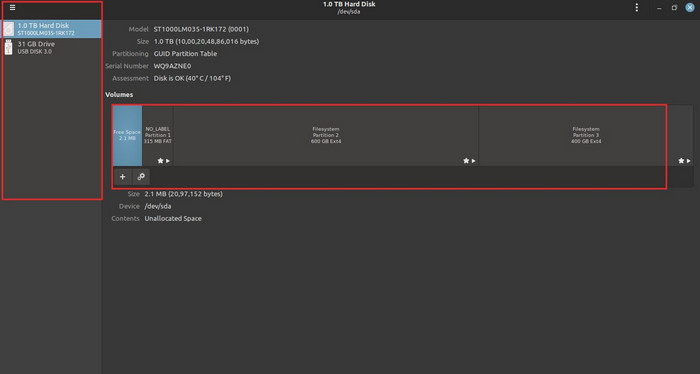
- Create Disk Image, restore Disk Image/ benchmark disk if you want to Format your disk.
- Go to the Drive option icon as marked in the screenshot below.
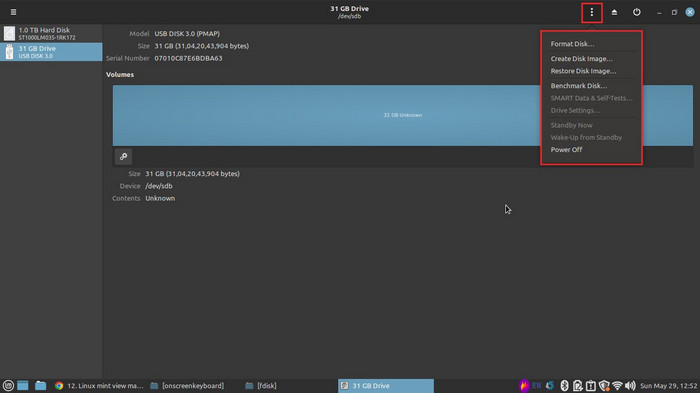
- Move to the Additional partition options icon as marked in the screenshot below whenever you want to access more settings in these disk partition tools.
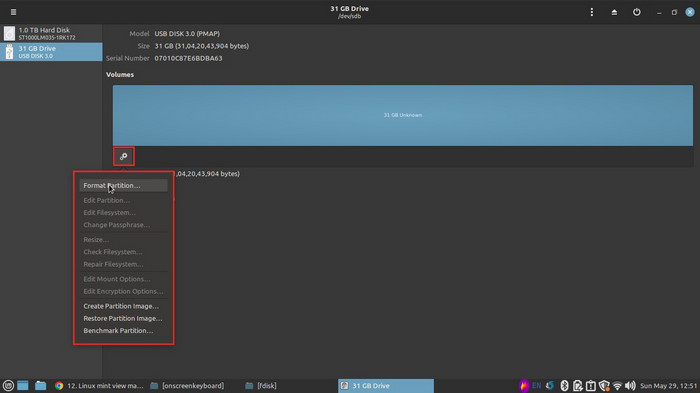
If you prefer using default Mint tools, manage your system partition in that manner. For trying it differently, check out the following section.
Check out Fix Volume Mixer Not Working On Windows 11.
2. Use Fdisk Partition Manager
Fdisk is a powerful and popular command line tool used to create and manipulate disk partition tables. You can use the Fdisk tool whenever you are more comfortable using command line tools.
Fdisk tool gives you some wonderful features which may help you to manage your disk partition in a more user-friendly way. You can view, create, resize, delete, change, copy, and so on with the help of the fdisk command line tool.
Follow the process according to the steps I arranged here. Don’t overlap between the processes, and you’ll successfully be able to view and manage Linux Mint system partitions.
Here are the steps on how to use fdisk tool for managing system partition:
Step 1: View all Disk Partition in Linux Mint
- Go to the application menu and search for the terminal and open it up.
- Type following command: sudo fdisk -l (l means for listing all partitions )
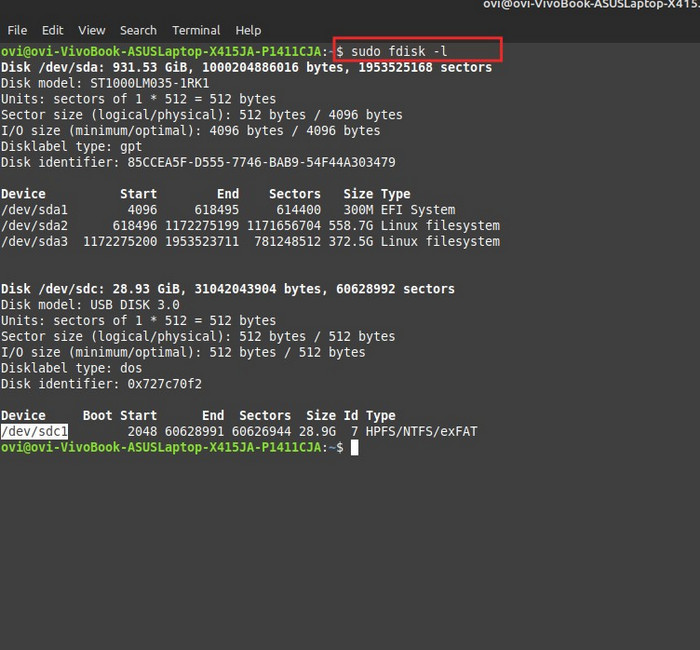
The partitions are displayed by their own device’s name. For example : /dev/sda or /dev/sdc.
Step 2: View Specific disk Partition in Linux Mint
- Open up Terminal and just write this command which I already provide you below: sudo fdisk -l /device name.
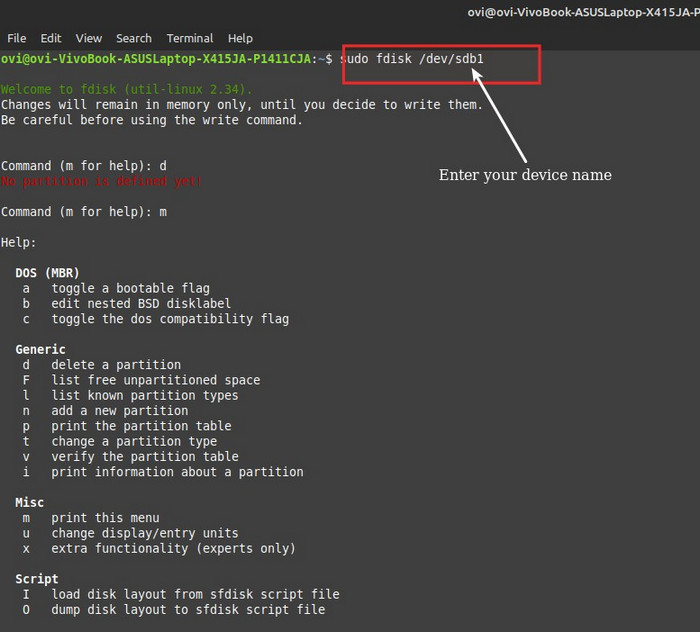
If you have different device names, simply write down your device name as /dev/sdb or dev/sdc. For example: sudo fdisk -l /dev/sdb1
Step 3: Delete a partition in Linux Mint
- Open up your terminal and enable fdisk command mode by using this command: fdisk /device name ( type your device name which one you want to format or anything else. )
For example : sudo fdisk /dev/sdb1. 
- Enter d to delete any given partition name from your system.
- Enter your partition number and which one you want to delete. Suppose I enter number 1 here. (delete-ok-par)
- Enter w to write the table to disk. After that, you might see a messenger on your root terminal “The partition table has been altered”

Warning: Be Careful, when you perform this step. Using option d will help you to delete your partition from the system and may lose all data in the partition.
Step 4: Create a new partition in Linux mint :
- Open up your terminal and enable fdisk command mode by following this command: sudo fdisk /dev/sda ( /dev/sda is my device name, please check your device name by using this command:
sudo fdisk -l 
- Press n command after entering in command mode, to create a new partition under your device with specific size. When you are creating a new partition, it will ask you to choose between two options. One for extended and another one for primary partition creation.
- Press e for extended partition and p for primary partition. You should go for a primary partition.
- Enter your partition number and which one you want to delete. Suppose I enter number 1 here.
- Press w to write the table to disk. After that, you might see a messenger on your root terminal “The partition table has been altered”
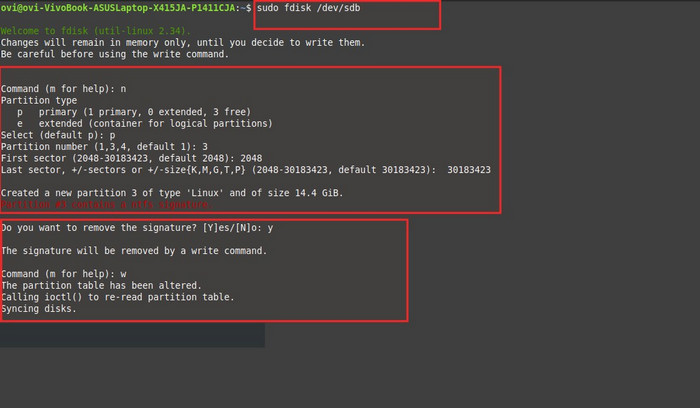
Finally, reboot your system to verify the created partition.
Frequently Asked Questions
How Do I Verify A Partition?
Go to disk management window > Right click on the disk > Go to volume tab > partition style.
How to Fix a Partition Error in Linux Mint?
Right-click on the partition > Advanced > Check partition > repair the partition error.
Can I sell Linux Mint permission?
Yes, you can sell Linux Mint without permission.
Can I use the Linux Mint logo and /or screenshots?
Yes, you can use, promote and show Linux mint, screenshots of Linux Mint, and the Linux Mint logo in articles, magazines, or any document as long as you don’t pretend to be Linux Mint that you don’t let people believe you are affiliated with Linux mint.
Is Linux Mint suitable for individuals?
Yes, Linux Mint is definitely suitable for individuals.
Conclusion
As a Linux Mint user, sometimes you need to connect a new storage device on your system. I hope that you will be able to format storage, and use it as a single storage device.
However, you may also prefer to separate it into a couple of partitions, each intended for different purposes.
You can manage system partitions in Linux Mint by using GParted, default Gnome, or fdisk. All the softwares is good for managing system partitions on your Linux machine.

